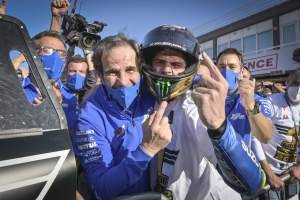Within the top six riders in the 2020 MotoGP riders’ championship, the youngest is currently aged 23 and he is the reigning champion. The second-youngest is aged 25 and he finished third in the standings. The third-youngest is aged 26 and he completed the top six.
All three were brought into MotoGP by Davide Brivio’s Suzuki and won races for Brivio.
That’s already pretty impressive. What makes it more impressive is that unlike Ducati, Yamaha or Honda, Suzuki has not had a satellite team to place these guys into. Instead, Brivio signed them straight for the factory outfit, promoting a rider from Moto2 for the start of each of the previous two-year MotoGP contract cycles – in 2015, 2017 and 2019.
It didn’t always represent a gamble, but it has come to represent a philosophy.
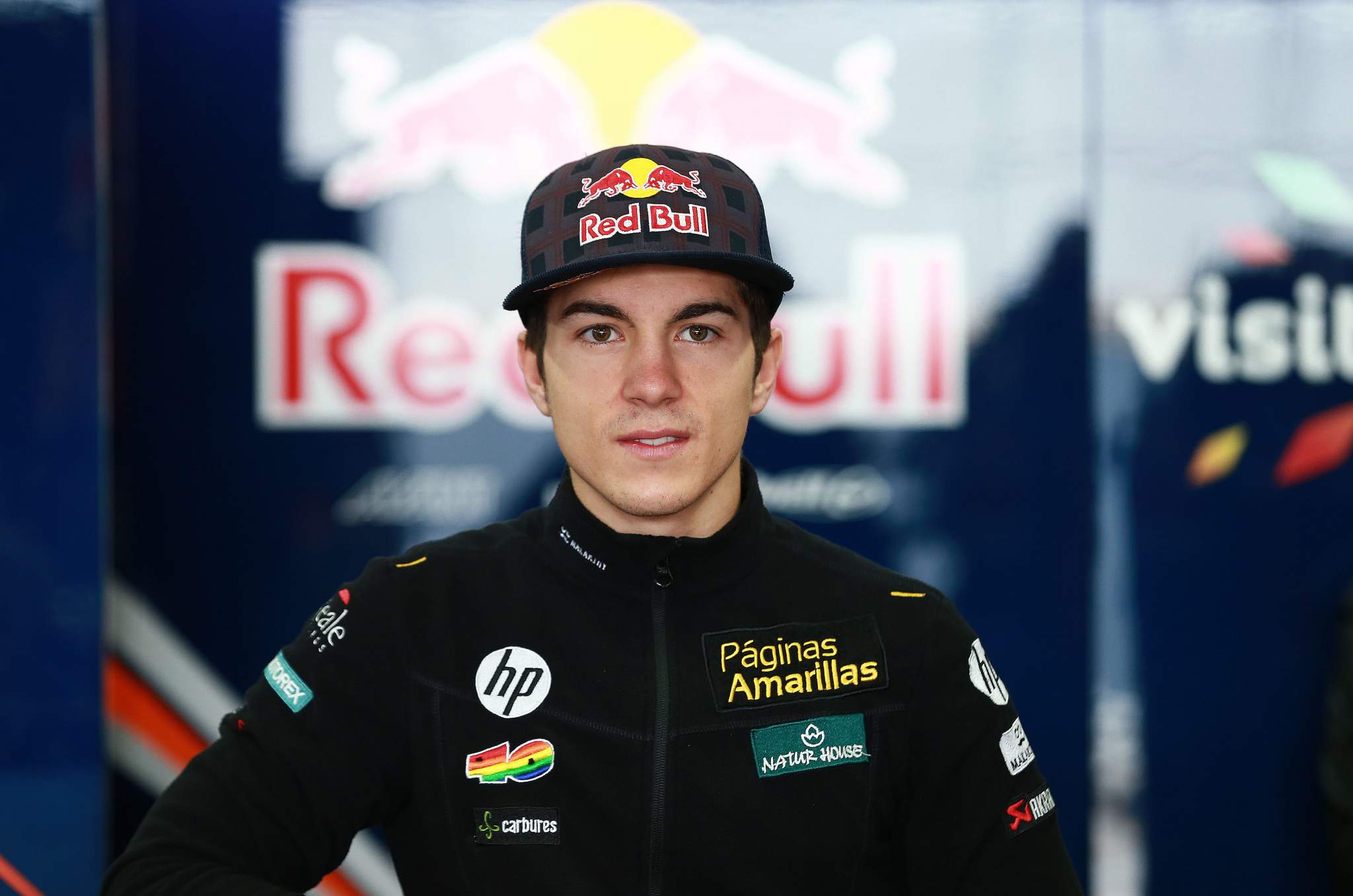
In 2014, Maverick Vinales was a massive hot property. Suzuki was only just returning to the grid and, with no expectation of great results for its first season, had little to lose in betting big on young talent.
Still, Vinales was very young, just in his rookie season of Moto2, and with an existing contract for a second year in the intermediate class – which was taken care of.
As a MotoGP rookie in 2015 on a GSX-RR bike that was very much a work in progress, Vinales was reasonably impressive. But it was 2016 that he absolutely erupted – top-six finishes in all races but four, and Suzuki’s first win since its comeback.
Yes, Vinales then left for Yamaha, but the blueprint was set. Though Andrea Iannone was brought in as his direct replacement after being cast out by Ducati, Suzuki was also going to have a Moto2 graduate again.
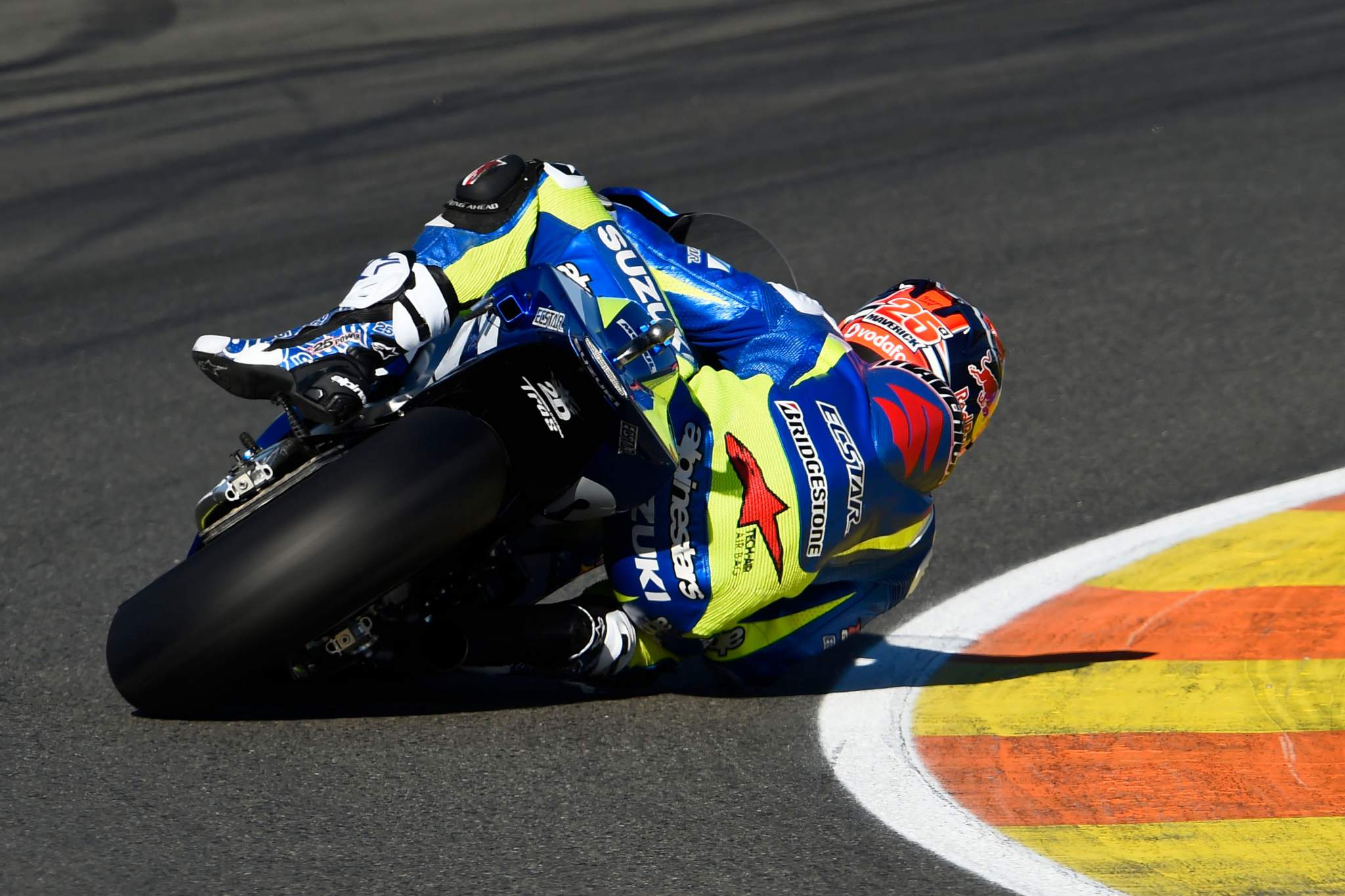
For the longest time it seemed like this would be Johann Zarco, but in the end Suzuki cut the two-time Moto2 champion loose despite having a contract in place, and instead bet on the younger, less proven Alex Rins.
This was more of a gamble than the Vinales move, and it was initially going a lot more wrong – Zarco was thriving on a satellite Yamaha, while Rins spent much of 2017 injured and not that fast on a disappointing 2017 iteration of the GSX-RR.
But any double-guessing wouldn’t last. In 2018, the bike was good again, with Rins’ help, and the Spaniard began to regularly show up Iannone in the process. Rins’ contract was extended well before it had the chance to expire – Iannone’s never was.
“The Rins project was working well, the talented young man was growing,” Brivio told MotoGP.com in one of his final interviews as Suzuki boss.
“And the idea of trying another young man like Rins was conceived. ‘Vinales, Rins, let’s try another’, we thought.”
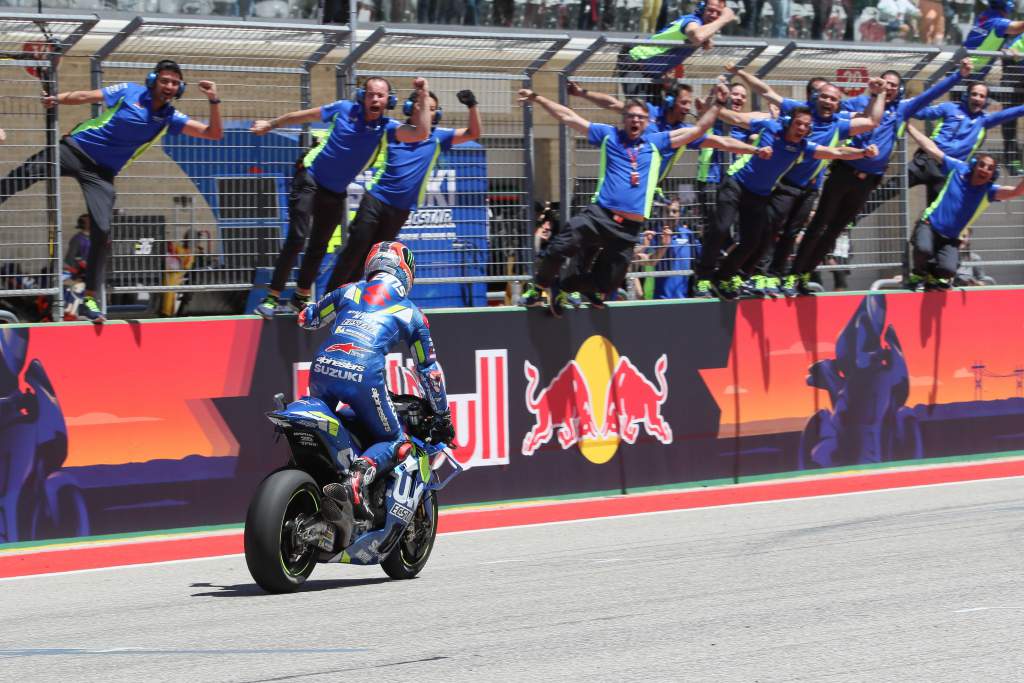
As far as the Brivio gambles go, that was the big one. Rins was still relatively new, and three-time champion Jorge Lorenzo was on the market as his relationship with Ducati unravelled. It’s not entirely clear whether Suzuki could’ve afforded Lorenzo, who most believed would be perfect on the GSX-RR due to his super-smooth style. Either way, Brivio insists signing Lorenzo was “an option”.
Instead, the 2018 Moto3 champion Joan Mir entered Brivio’s radar. Even before he’d really done anything of note in Moto2, Suzuki wanted him – and despite him having had an option with Honda, Brivio was able to lure him away.
“In the end we had to choose between Lorenzo and Mir,” Brivio said in that same interview. “It was not a choice between two riders, but a choice of philosophy, and the direction we wanted to take – to take an established rider like Lorenzo, or continue the youth project.”
Mir never did win a race in Moto2, graduating to MotoGP after finishing only sixth in the standings. It seemed like a touch of madness, or at least excessive stubbornness, to have picked him for a leading factory team ride over Lorenzo.
And with Mir going on to deliver Suzuki’s first premier-class title in two decades, that assessment has aged about as poorly as you could imagine.
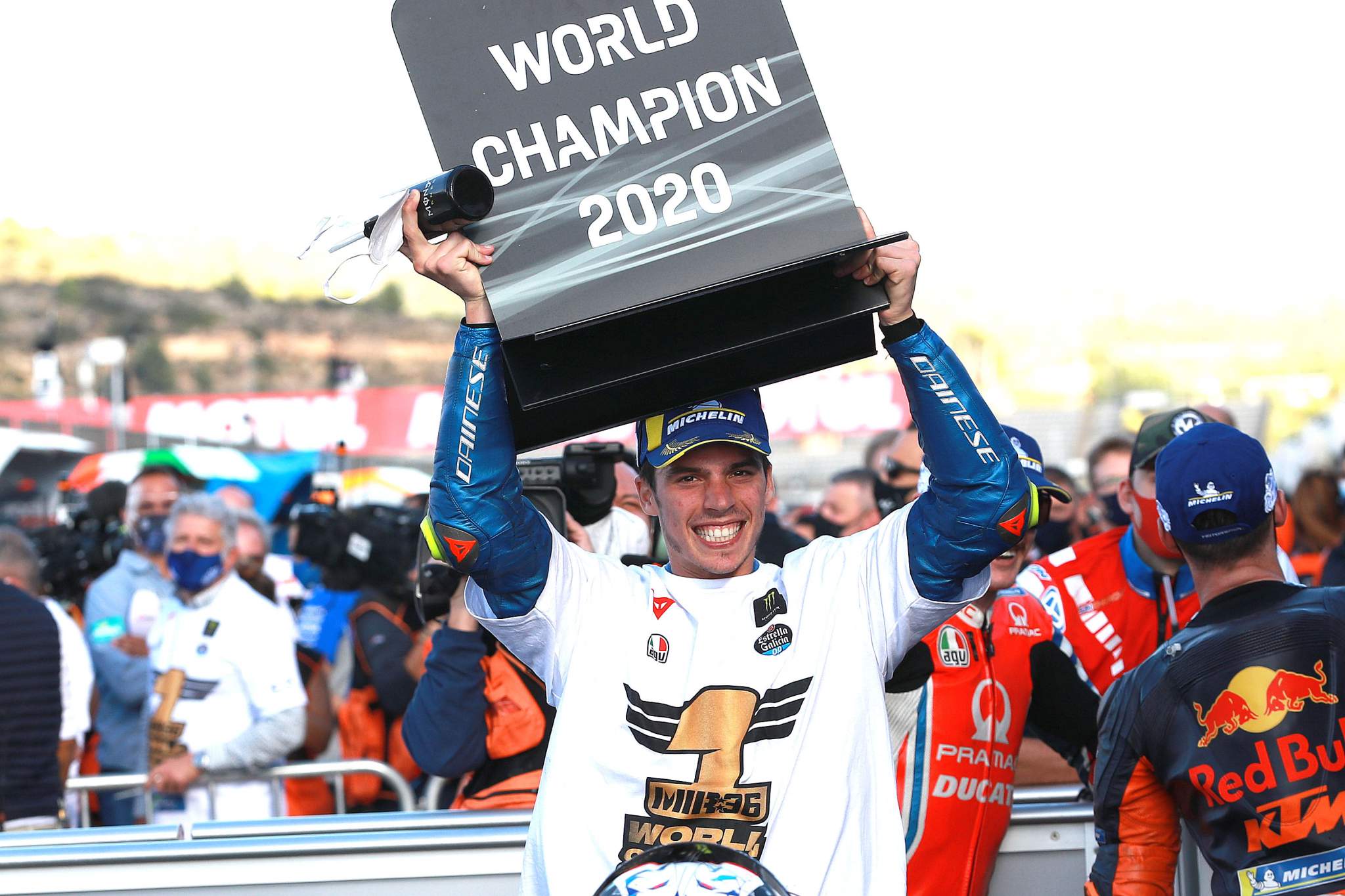
So, now Brivio is in charge of Alpine’s F1 team, which has a well-populated Academy programme, what chance of a repeat?
The easy assumption is that Brivio will only reject Alpine’s proteges if they are not good enough, because he is very supportive of the idea of utilising its Academy if it’s the right choice.
“It would be nice of course,” he says when asked by The Race if he could repeat at Alpine what he did at Suzuki. “We have a great Academy programme with quite a few interesting young drivers. Esteban, first of all, is also young.
“In my previous experience I could appreciate it when we have young athletes. They are strongly motivated, they really want to achieve and maybe they are really willing. But it has to always be a good mix between experience and talent, and also depends on the situation.”
Suzuki was able to take that risk in MotoGP as it sought to be on the front foot in picking riders for ‘the future’ who were also worth gambling on being able to do the job ‘now’.
“What we have done in MotoGP was also in a special historical moment when we realised a few years ago that there was going to be a change of generation between the riders,” he says.
“So the top riders were getting old, and probably getting retired. So we needed to create the new generation of riders at that stage.”
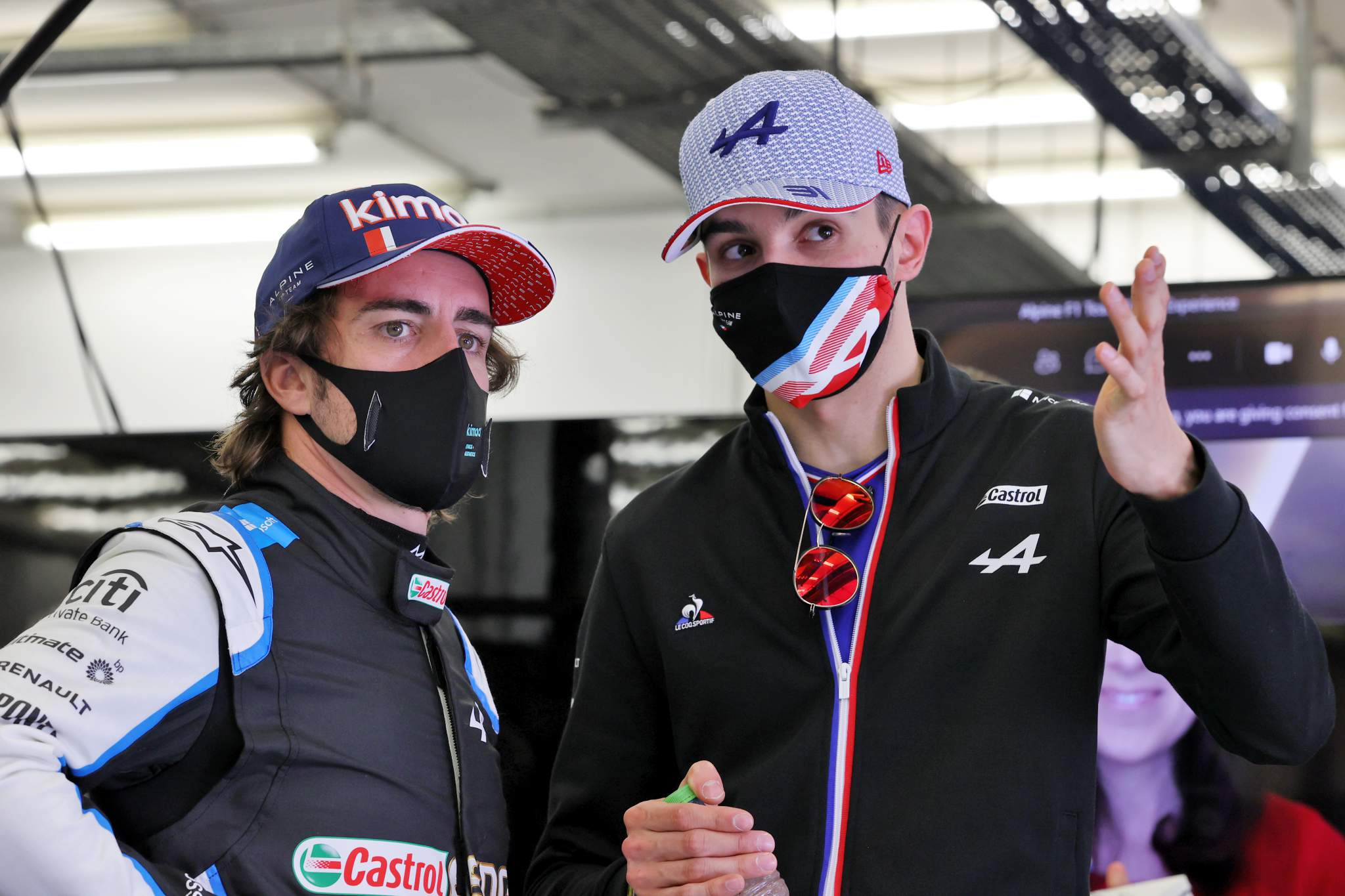
Realistically, F1 isn’t in the same “special, historical” moment. It was about two or three years ago – but as Renault, the team missed the boat. Either it backed the wrong juniors, was too slow to get investing in the right talent, or simply has not had the conviction to take the sort of chance other teams have.
Red Bull has Max Verstappen, Ferrari has Charles Leclerc, McLaren has Lando Norris. Mercedes has George Russell out on loan at Williams.
Renault’s equivalent, Esteban Ocon, is a Mercedes-managed driver who Renault actually snubbed in 2018 in favour of lucrative signing Daniel Ricciardo. And the jury’s out on whether he is quite at the level required to lead the team in the medium/long-term.
But what is now the Alpine Academy has three drivers racing in Formula 2: Christian Lundgaard, Guanyu Zhou and Oscar Piastri. Lundgaard is highly-rated, Zhou has immense financial backing, Piastri is the reigning Formula 3 champion.
So if none of them get to F1 it will send a worrying message about how serious Alpine is about its programme because they are either not up to it (and therefore the wrong drivers have been picked) or, more likely, Alpine’s sporting-focused personalities don’t have the mandate from the corporate side to ‘risk’ promoting a young driver. F1 teams, especially manufacturer ones with boards to satisfy, are generally risk-averse when it comes to picking drivers.
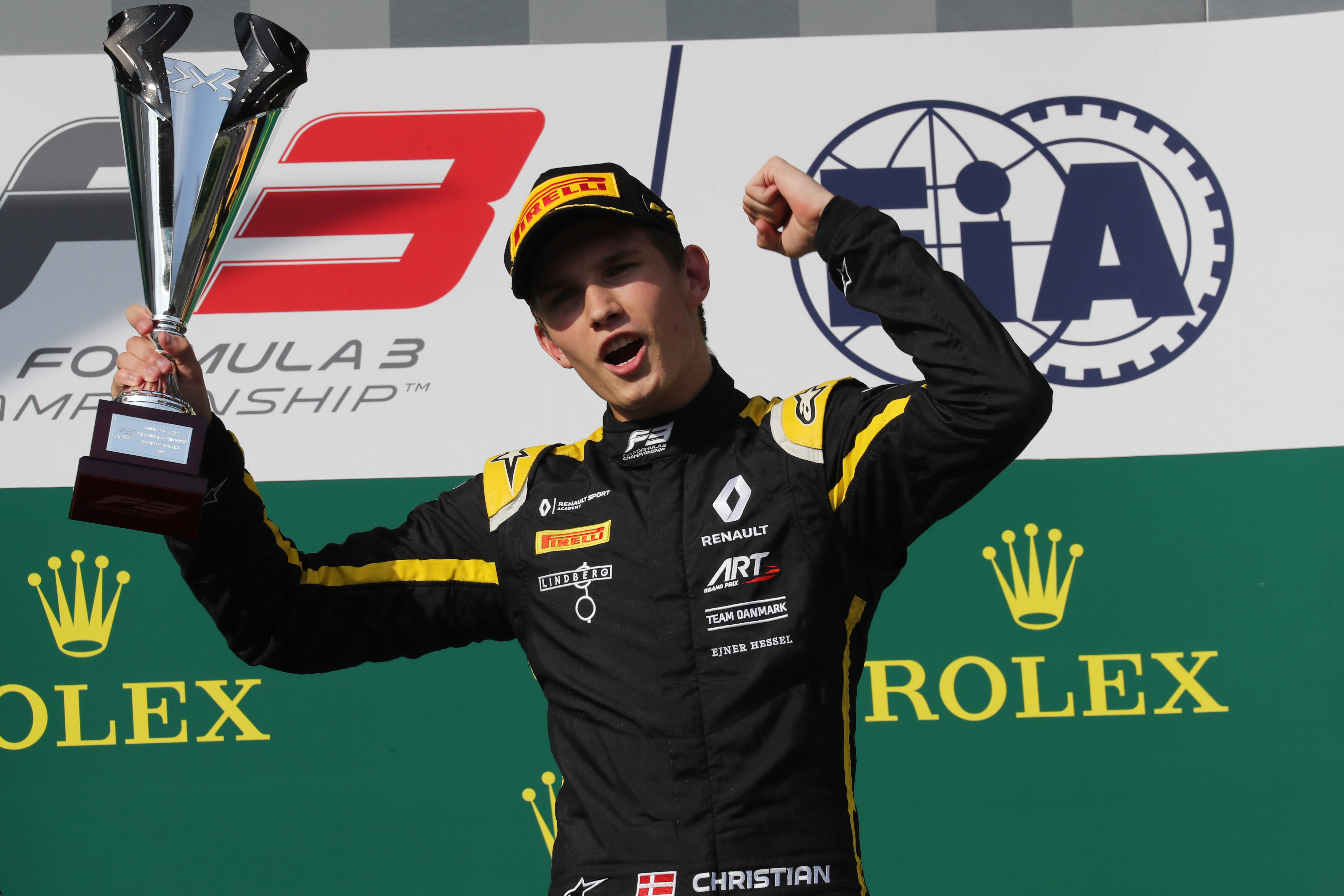
“Of course it’s always exciting to work with young drivers, because you can see them growing up, express their talent, try to use all their potential,” says Brivio.
“But also you need to create the right conditions and the right time. It doesn’t have to be youth just because it’s nice to have youth.
“If there are opportunities it will be nice to use the Academy. Of course, the fact that we don’t have a partner team or whatever you want to call makes things maybe a little bit more difficult because the young drivers have to be included in our Alpine main team.
“So, it has to be a good combination of everything: the situation you have, the target you have, if you have time to wait or not.”
This is where it gets hard to see what Brivio will be able to do, assuming he even has the overall authority to pick the drivers given Alpine’s unusual management structure.
The situation Alpine’s in is it only has the works team as a potential destination right now. And while one driver is very close to retiring (Alonso) and the other is good but potentially not great (Ocon) – an argument for promoting the most promising Academy driver in the next year or two – it does have a line-up that it probably would like to continue with in 2022.
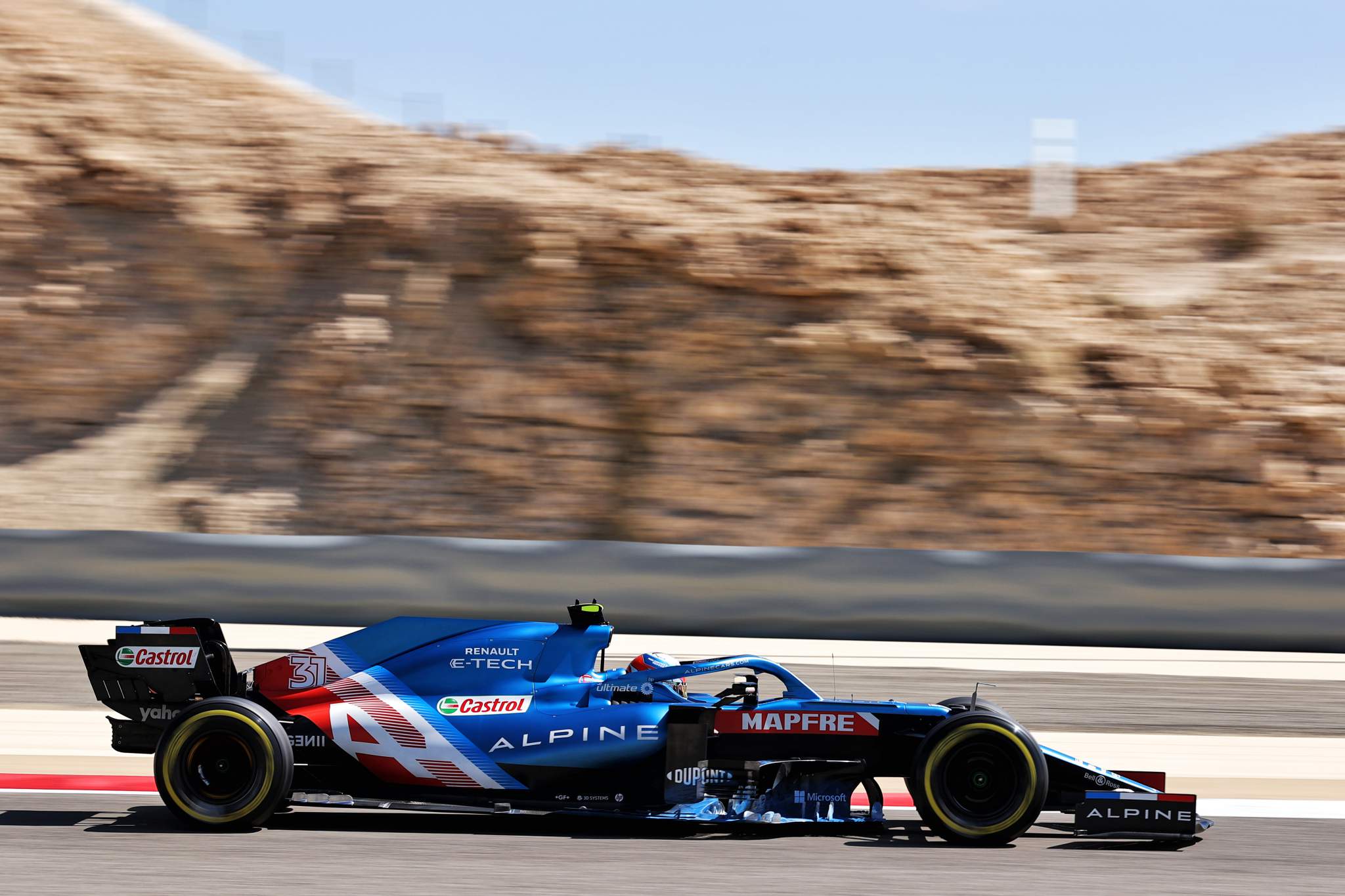
Also, the target Alpine has is to overhaul its midfield rivals and a rookie driver would give it a potential weakness up against line-ups like Leclerc/Carlos Sainz and Ricciardo/Norris. If Ocon isn’t convincing this year, then signing someone like Pierre Gasly would probably be more appealing than giving an Academy driver their debut.
And finally, is there time to wait? That depends on how long you believe Alpine’s team will really be in F1 for and what pressure it is under. With Renault board expectations to satisfy, the risk of picking a junior seems too high.
In MotoGP, with Suzuki, Brivio saw different opportunities in a different environment, took the chance and reaped the rewards.
Though there might be similarities on the surface, it’s difficult to see the same end results with Alpine in F1.

